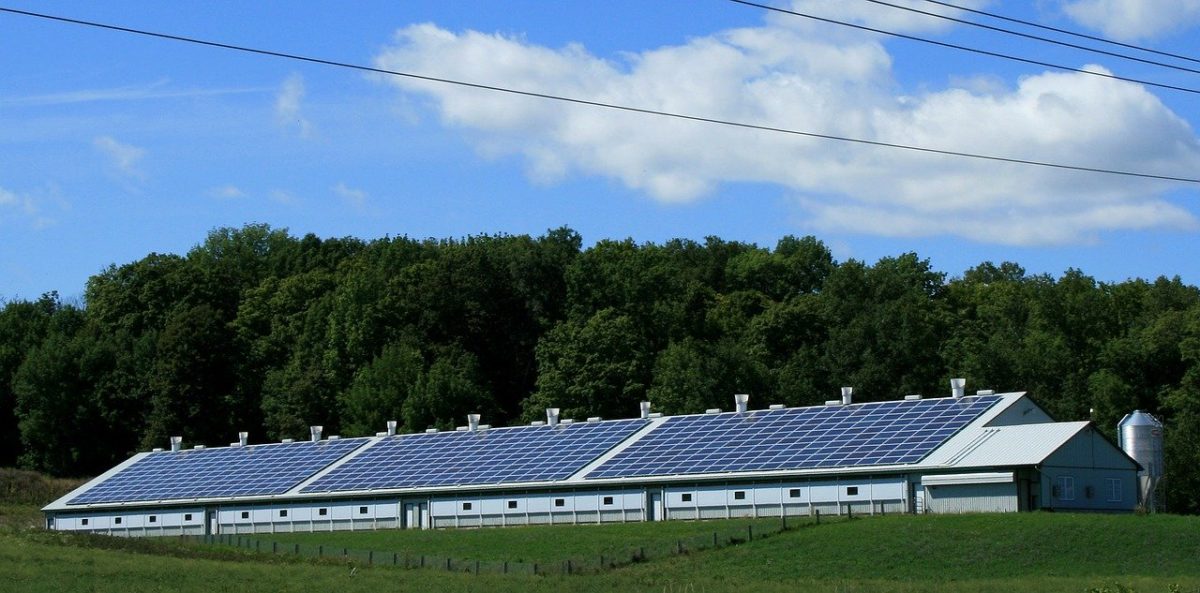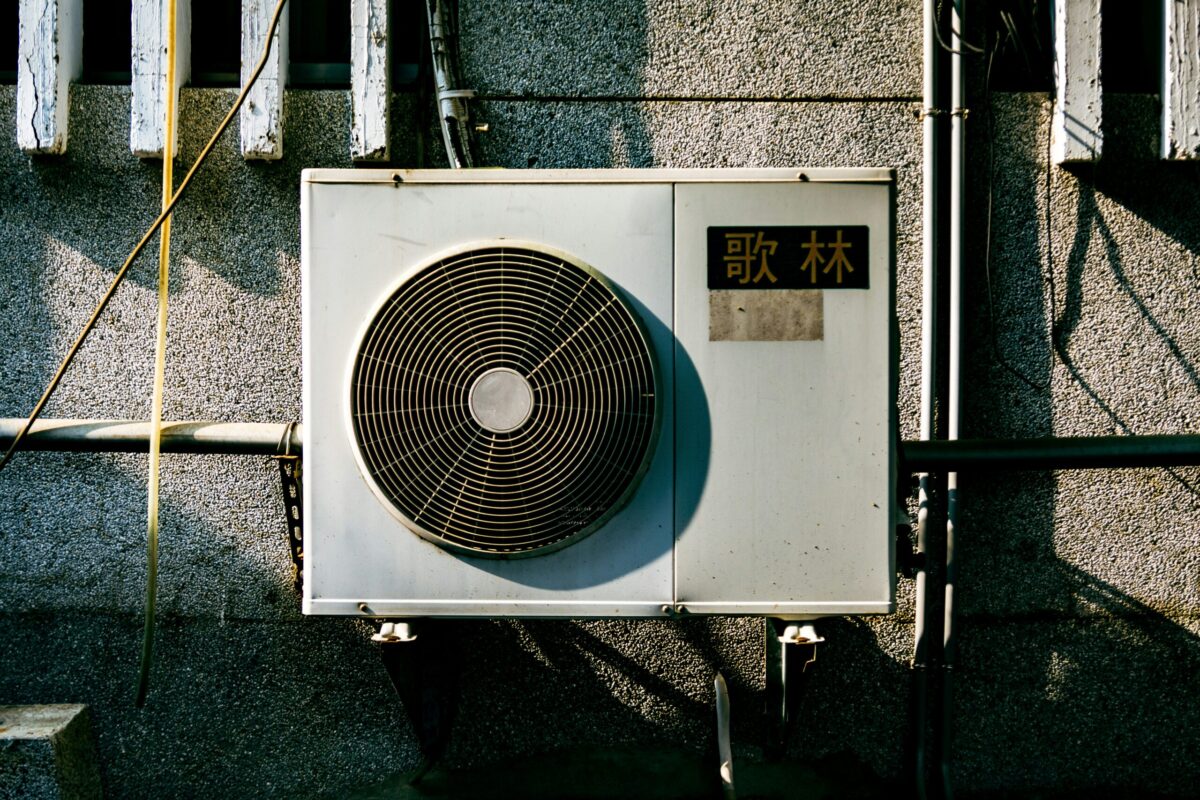Scientists at the National Renewable Energy Laboratory (NREL) in the U.S. are developing a system to coordinate and control the injection of solar power from small installations into large power networks.
The system, described by its developers as “opportunistic,” routes messages through several communication technologies based on generation capacity latency and availability data. The communication methods used by the system include low-power wireless personal area networks (LoWPANs); power line communications (PLCs); wifi mesh; worldwide interoperability for microwave access (WiMAX); ethernet cables; and optical ethernet systems.
“Because adding dedicated communications hardware to each PV generator would be extremely capital cost-intensive, we use existing communications hardware as much as possible, with intelligent routing algorithms to provide the information needed at the appropriate latency, bandwidth and cybersecurity protection level,” said the NREL group.
Visibility
With electric utilities often having little information about how much solar power they are receiving from distributed PV systems, it is hoped the NREL project will help them gain more visibility of, and control over the volumes injected into networks.
“The developed hybrid architecture is designed to minimize the amount of new communications infrastructure needed to make distributed PV monitoring and control possible,” said the researchers. “The opportunistic algorithmic framework also uses existing communications hardware that is currently underused to further reduce capital costs.”
The researchers said their hybrid system functioned by combining internet of things technology with existing communications set-ups.
Algorithms
The NREL group uses algorithms to simplify the number of attributes in the vast dataset related to distributed generation systems and to cope with missing values and ‘outlying’ data points significantly different from the body of statistics. The algorithms are also able to perform reconstruction, inference, prediction, imputation and clustering of depleted and heterogeneous power data, according to the communication system’s developers.
The algorithms, according to the researchers, “will allow for the accurate estimation of the aggregated distributed PV power output at any time using measurements from only a small subset of the total number of generators.”
The NREL group assessed the robustness of smart grid communications networks using Network Simulator-3 (NS-3), an internet system network simulator principally used in academia and research. “Our software models use the NS-3 library because of its popularity and already-available models for numerous networking functionalities,” said the researchers.
Net gain
The NS-3 model required tweaks though, the group said, to cope with integrating multiple communication technologies and IP addresses into one simulation network. “To address this challenge, we specifically designed a NetRouter forwarding function in the application level,” said the NREL team.
The research project, presented in the paper Opportunistic Hybrid Communications Systems for Distributed PV Coordination, is expected to be developed in three phases. The researchers will first design the communications system architecture, PV system-state computation algorithms and distributed state estimation algorithms. The team will then aim to make decentralized imputation and prediction algorithms more robust and develop the communications system simulation model.
In the final stage, the researchers will develop an ‘hardware-in-the-loop’ test bed – which layers the complexity of the distributed generation and electricity network system into the project – and will validate the impact of their design on distribution system operation and stability.
This content is protected by copyright and may not be reused. If you want to cooperate with us and would like to reuse some of our content, please contact: editors@pv-magazine.com.




By submitting this form you agree to pv magazine using your data for the purposes of publishing your comment.
Your personal data will only be disclosed or otherwise transmitted to third parties for the purposes of spam filtering or if this is necessary for technical maintenance of the website. Any other transfer to third parties will not take place unless this is justified on the basis of applicable data protection regulations or if pv magazine is legally obliged to do so.
You may revoke this consent at any time with effect for the future, in which case your personal data will be deleted immediately. Otherwise, your data will be deleted if pv magazine has processed your request or the purpose of data storage is fulfilled.
Further information on data privacy can be found in our Data Protection Policy.